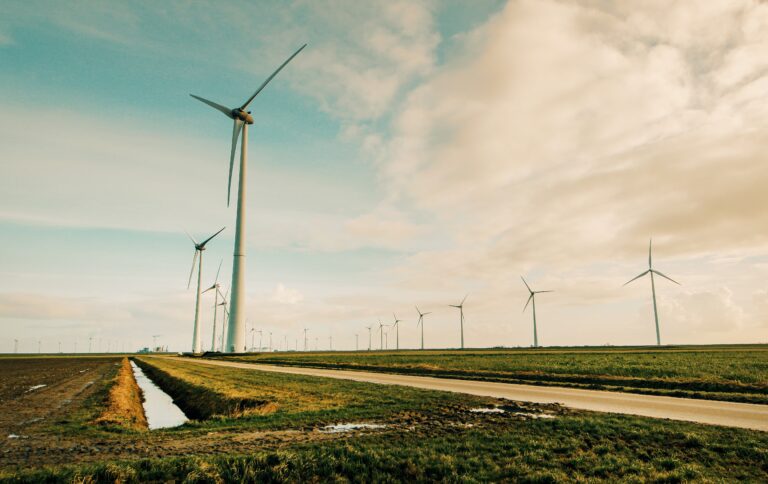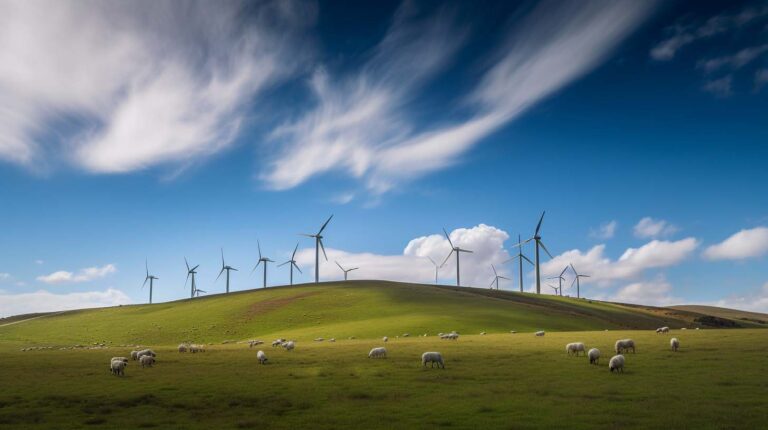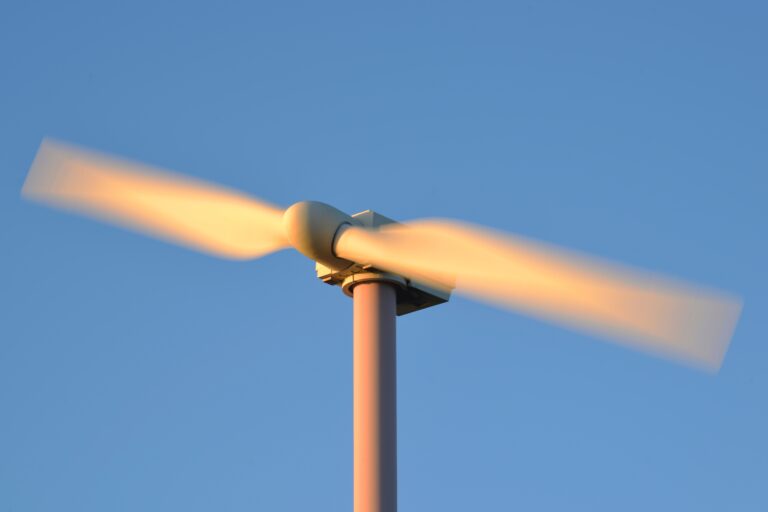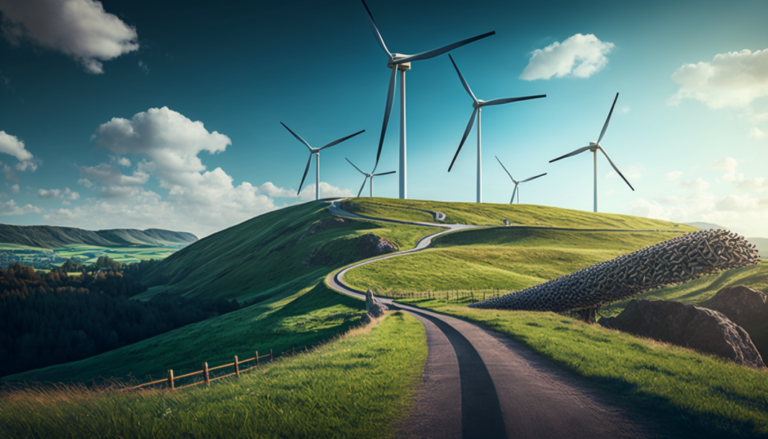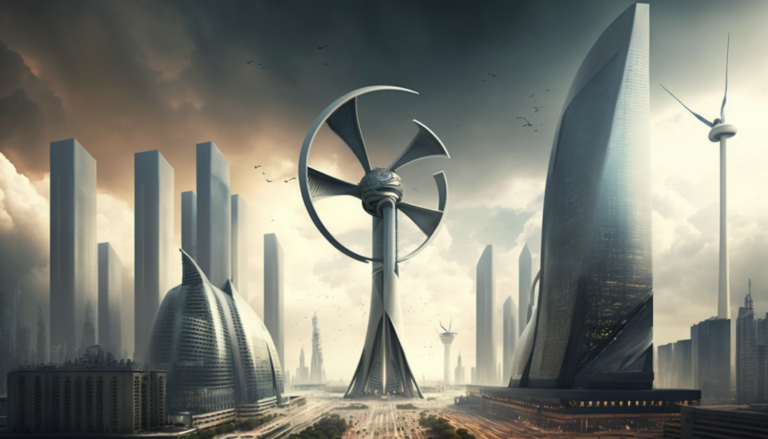Wind Energy Storage: The Key to Sustainable Energy?
Introduction
Wind energy has developed as a viable alternative to existing power producing methods. It is a clean, renewable energy source that does not emit harmful emissions or contribute to climate change. However, the intermittent nature of wind energy generation makes wider adoption difficult. The capacity to store wind energy is critical for ensuring a regular and stable supply of power.
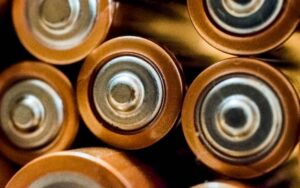
The implementation of wind energy storage technologies has increased significantly in recent years. These systems store extra wind turbine energy generated during periods of low demand and release it during periods of peak demand. This contributes to grid balance and reduces the demand for fossil-fuel-based power plants.
This article will present an overview of current wind energy storage methods, such as pumped hydro storage, compressed air energy storage, and battery storage. It will also look at the problems and possibilities that these technologies present, as well as their potential to alter the energy sector.
Overall, wind energy storage has the potential to be crucial in the transition to a more sustainable energy future. The demand for effective energy storage technologies will only grow as renewable energy sources become more common.
Table of Contents
The Current State of Wind Energy Storage
Wind energy is a sustainable energy source that has grown in prominence in recent years. However, one of the drawbacks of wind energy is that it is intermittent, making it difficult to rely on as a continuous source of electricity. To overcome this issue, many systems for storing wind energy have been developed.
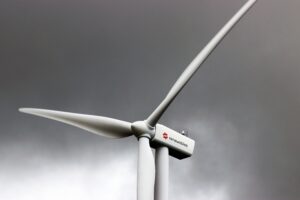
Batteries are one of the most frequent techniques of storing wind energy. Excess wind energy may be stored in electric car batteries that are no longer capable of powering the vehicles. This process is both inexpensive and environmentally friendly, as it repurposes used batteries that would otherwise be thrown.
Compressed air energy storage is another technique of storing wind energy. (CAES). This method saves wind energy by compressing air, which is then stored underground until needed. When energy is required, compressed air is released, causing a turbine to create power. CAES is a dependable and efficient technique of energy storage, however it is only useful under certain geological circumstances.
In addition to these approaches, additional ones, such as flywheel energy storage, are being developed. (FES). FES stores energy in spinning discs that may be released as needed. This technology is still in the early stages of development, but it has the potential to be a cost-effective and efficient way of storing wind energy.
Finally, wind energy storage is a critical component of the renewable energy economy. While numerous approaches are available, each has pros and downsides. As technology advances, new and inventive ways of wind energy storage are expected to develop.
Benefits and Drawbacks of Wind Energy Storage
Wind energy storage is a viable approach for lowering greenhouse gas emissions and reducing reliance on nonrenewable resources. However, there are advantages and disadvantages to consider.
Benefits
One of the primary advantages of wind energy storage is that it reduces carbon emissions. Excess wind energy may be stored and used when wind speeds are low, minimizing the demand for fossil-fuel-based energy sources. Wind energy storage can also serve to stabilize the system, assuring a steady supply of electricity.
Another advantage of wind energy storage is the possibility for lower energy prices. Excess energy may be stored during low demand periods and utilized during peak demand periods, decreasing the need for expensive energy sources.
Drawbacks
Despite its advantages, wind energy storage has numerous disadvantages to consider. One of the major disadvantages is the expense of the various storage choices. While the cost of wind energy has come down in recent years, the cost of storage has remained high.
Another disadvantage of various storage systems is the need for land. Pumped hydro storage, for example, necessitates vast quantities of land and water resources, which might be difficult to get in some places.
Finally, transferring extra wind energy to be stored might be difficult logistically. This is especially true for offshore wind farms, where getting electricity to shore may be costly and complicated.
To summarize, while wind energy storage provides numerous advantages, it is critical to examine the disadvantages before applying this technology on a big scale. We can guarantee that wind energy storage is used in the most effective and efficient way possible by carefully analyzing the advantages and downsides.
The Future of Wind Energy Storage
Wind energy is one of the most promising forms of renewable energy in the world. The problem with wind energy is that it is intermittent, thus energy storage is essential to maintain a steady supply of electricity. Current storage methods, including batteries and pumped hydro, have efficiency and price constraints.
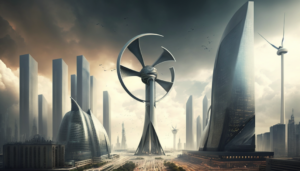
The good news is that breakthroughs in wind energy storage are ongoing, with the prospect of increasing efficiency and price. Electrochemical storage, which includes transforming wind energy into chemical energy and storing it in batteries, is one of the most promising solutions. This method has the potential to create a more efficient and cost-effective wind energy storage option.
Another potential method is compressed air energy storage (CAES), which compresses air and stores it in subterranean caverns. When energy is required, the compressed air is released and used to power a turbine, which generates electricity. This approach has the potential to deliver a more inexpensive and scalable wind energy storage option.
Finally, the future of wind energy storage is bright, with new ways being explored to increase efficiency and price. We should expect to see a major growth in the usage of wind energy as a sustainable source of electricity as these approaches become more widely used.
Conclusion
Finally, wind energy storage is an important component in the shift to sustainable energy. Although several obstacles remain, including as intermittency and storage capacity, the potential benefits of wind energy storage are obvious. We are getting closer to a future powered by clean and renewable resources as technology advances and improves.
Wind energy storage investments are already paying off, with several countries expanding their dependence on wind power. We should expect much greater advancement in the next years as we continue to explore innovative ways to store and transport wind energy.

